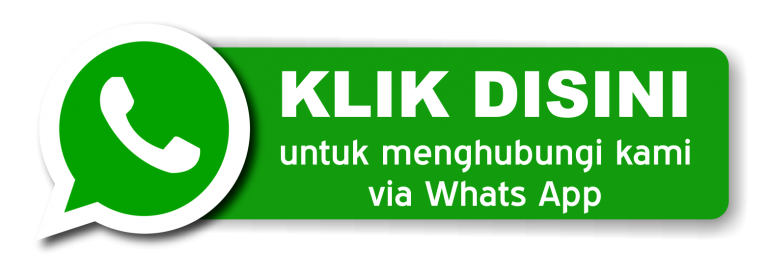A CRITICAL DISCOURSE ANALYSIS OF SEXISM IN “BRAVE” MOVIE
DOI:
https://doi.org/10.61722/jipm.v2i4.293Keywords:
Sexist language, descriptive approach, Van-Dijk, Sara Mills.Abstract
Abstract
This study focused on describing the sexist language and social structure through movie “ BRAVE " (2012). This article is the result of research qualitative with a desciptive approach of the model Teun-A-Van-Dijk. The results of the study can be formulated that there are two types of sexist language, namely the types of sexist language that are open or direct, namely: naming, dictionary, common pronouns and nouns.Film discourse alone is not enough to rely on text, because it consists of different structures and levels. The structures are macrostructure, superstructure, and microstructure The macrostructure contains the subject structure, the super contains structure the structure schema, and the rest is contained in the microstructure. The two structural elements are true that this film. The film's narrative and language reinforce traditional gender roles and social structures, as shown through the use of Sara Mills and Van Dijk's theories. The research focused the analysis main characters and expressing sexism on “Brave” movie.
References
Cartmell, D. (2014). A companion to literature, film, and adaptation. John Wiley & Sons.
Chen S. A. (n.d.). is princess Merida of “Brave” Disney’s best female role model? Article. https://www.neliti.com/id/publications/82326/representasi-stereotipe-perempuan-dalam-film-brave
Dijk, T. A Van. 1997. “Discourse as Social Interaction: Discourse Studies: A Multidisciplinary Introduction.” Sage Publications 2.
Diraisyah, V. (2014). An analysis of women’s speech features used by the main character of “The Duchess” movie. Universitas Islam Negeri Maulana Malik Ibrahim.
Huberman, M., & Miles, M. B. (2002). The qualitative researcher’s companion. Sage.
Humardhiana, A., & Hidayah, Y. N. (2020). Confronting Subtle Sexism in An Indonesian EFL Textbook. ELT Echo: The Journal of English Language Teaching in Foreign Language Context, 5(2), 137–148.
Malini, N. L. N. S. (2016). Analisis wacana: wacana dakwah di kampung Muslim Bali. Cakra Press.
Mills, S. 2008. Language and Sexism. New York: Cambridge University Press.
Mills, S. 2008. Overt and Covert Sexism in Language. New York: Taylor & Francis e-Library.
Moleong, L. J. (2014). Metode penelitian kualitatif edisi revisi. Bandung: PT Remaja Rosdakarya, 5(10).
Pratama, H. (2018). Identifying sexist language in the YouTube comment section. Language in the Online & Offline World 6: The Fortitude, 121.
Sara Mills. (2008). Language and Sexism. Cambridge University Press. https://doi.org/https://doi.org/10.1017/CBO9780511755033
Stamarski, C. S. (2015). Gender inequalities in the workplace: the effects of organizational structures, processes, practices, and decision makers’ sexism. Frontiers in Psychology, 6, 135488.
Sugiyono, D. (2013). Metode penelitian pendidikan pendekatan kuantitatif, kualitatif dan R&D.
Suhariyadi.(2014). Pengantar Ilmu Sastra: Orientasi Penelitian Sastra. Lamongan: CV. Pustaka Ilalang Group.
van Dijk, T A. (1988). Discourse and Discrimination. Wayne State University Press. https://books.google.co.id/books?id=-h47tVI20OMC
Van Dijk, Teun A. (2015). Critical discourse analysis. The Handbook of Discourse Analysis, 466–485.
Downloads
Published
How to Cite
Issue
Section
License
Copyright (c) 2024 JURNAL ILMIAH PENELITIAN MAHASISWA

This work is licensed under a Creative Commons Attribution-ShareAlike 4.0 International License.












